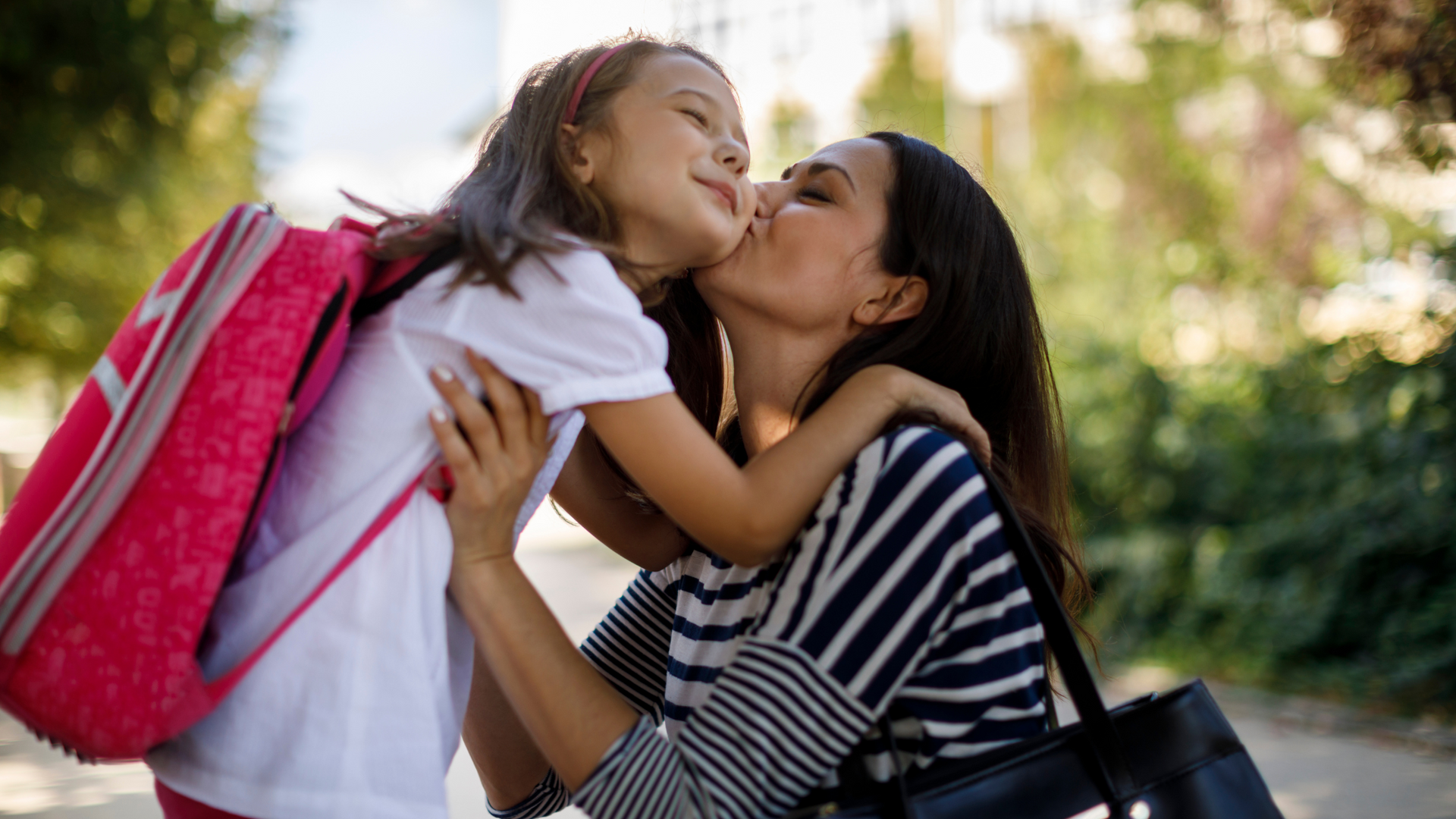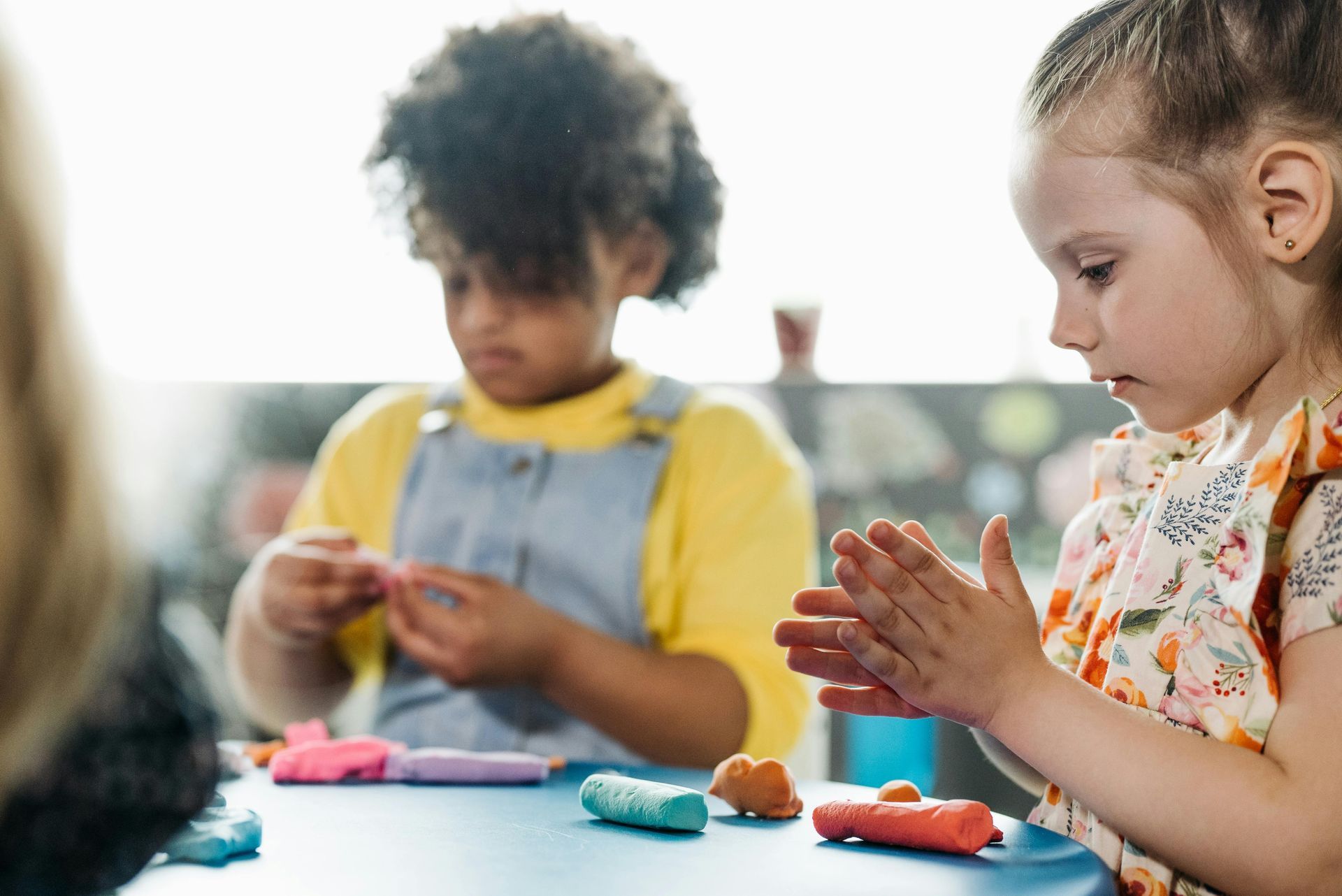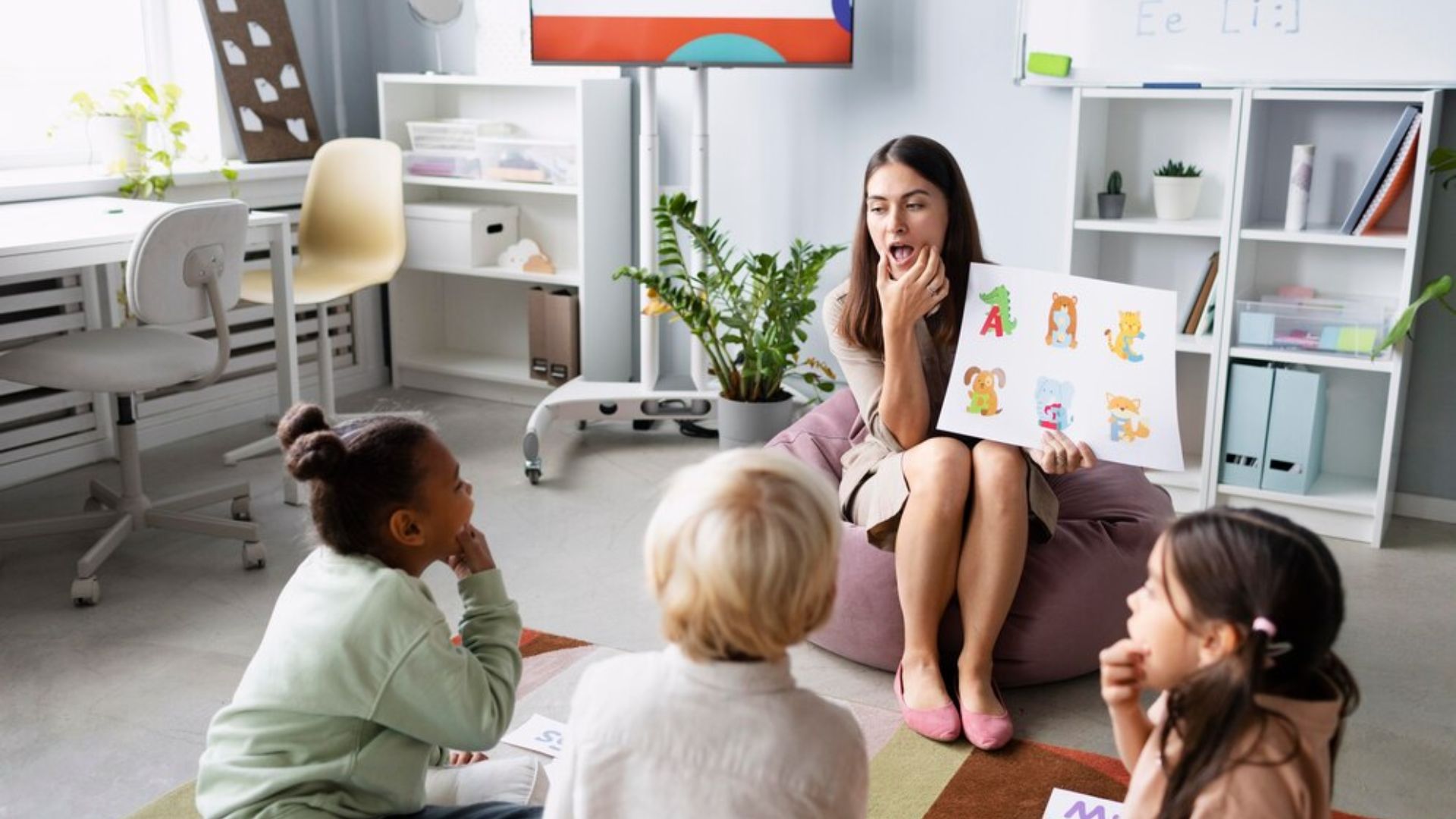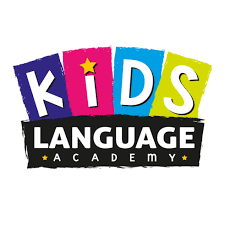From Beginner to Fluent: The Journey at Kids Language Academy in Florida
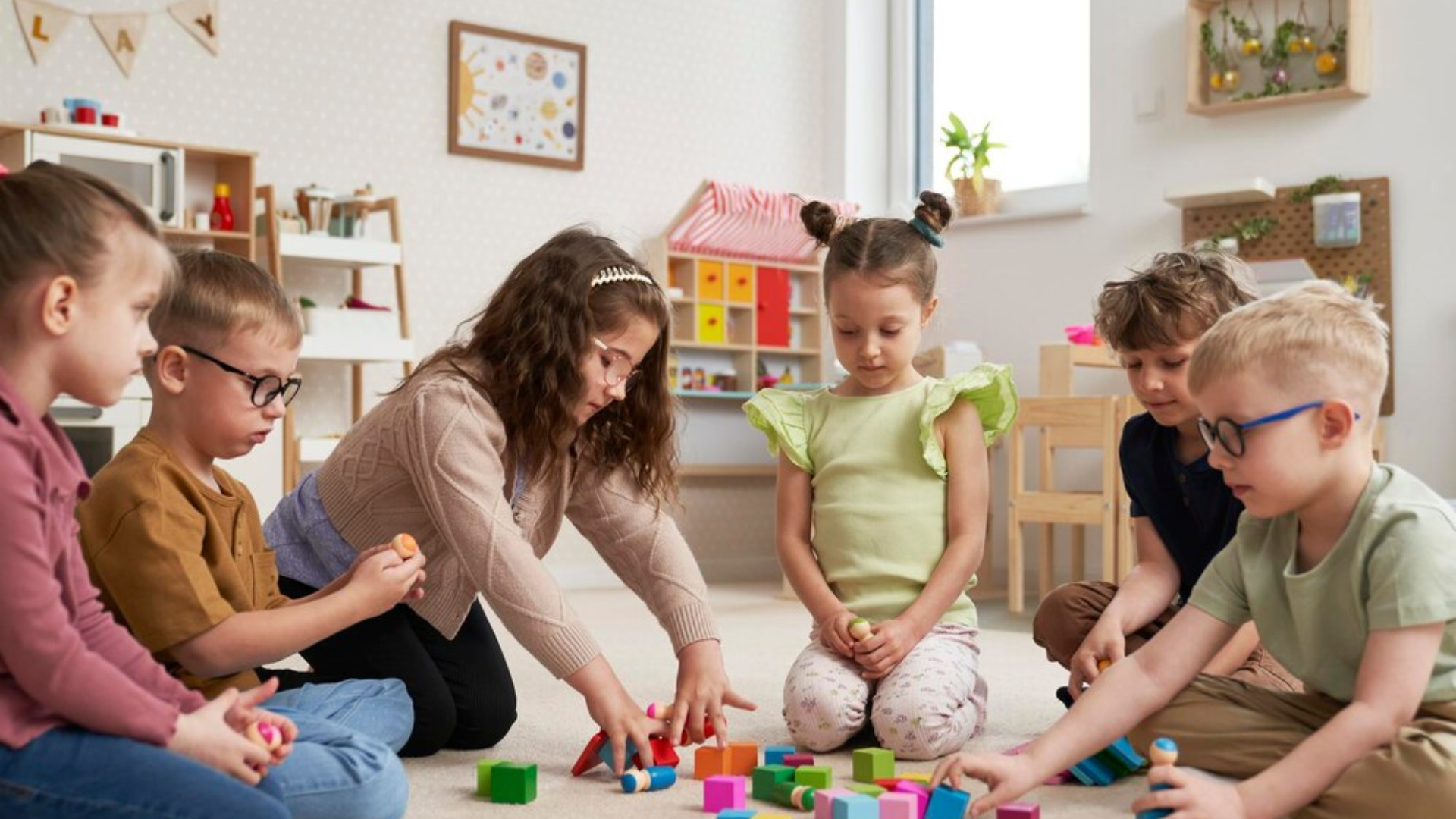
Learning a new language is an exciting and transformative journey, especially for children. It’s not just about memorizing words and phrases—it’s about developing communication skills, building confidence, and expanding cognitive abilities. At Kids Language Academy in Florida, we guide children from their very first words to fluency through an engaging, immersive, and structured learning experience.
But how does this journey unfold? What steps does a child go through to become fluent in a second language? In this article, we’ll take a closer look at the language-learning process at Kids Language Academy, the different stages of fluency, and how we ensure each child feels supported, motivated, and excited throughout their journey.
The Stages of Language Learning at Kids Language Academy
At Kids Language Academy, we understand that every child learns at their own pace. However, most young learners progress through the following four key stages on their journey from beginner to fluency:
1. The Introduction Stage (Building the Foundation)
Every great journey starts with a strong foundation. In this first stage, children are introduced to the new language in a fun, engaging, and low-pressure environment.
What Happens at This Stage?
Exposure to basic vocabulary and everyday phrases
Introduction to greetings, numbers, colors, and simple sentences
Fun activities like songs, stories, and interactive games
Listening and mimicking words to build phonetic awareness
How We Support Beginners:
Our teachers create a welcoming space where children feel comfortable experimenting with new sounds and making mistakes. We use positive reinforcement to encourage participation and develop a sense of excitement about language learning.
2. The Confidence-Building Stage (Early Communication Skills)
Once children have a foundation of basic words and phrases, they start putting them together to form simple conversations.
What Happens at This Stage?
- Learning sentence structures and common expressions
- Participating in guided conversations with teachers and classmates
- Engaging in role-playing activities to practice real-life situations
- Developing listening comprehension by following simple instructions
How We Support Early Learners:
At this stage, repetition and practice are key. Our immersive environment ensures that children hear and use the language consistently, helping them gain confidence in their ability to communicate.
3. The Fluency-Development Stage (Becoming Independent Speakers)
Now that children feel comfortable using the language, they begin to develop fluency by expanding their vocabulary and learning more complex sentence structures.
What Happens at This Stage?
- Engaging in longer conversations and storytelling
- Learning to describe events, express feelings, and share opinions
- Expanding vocabulary to include themed topics (e.g., food, travel, hobbies)
- Practicing reading and writing in the second language
How We Support Growing Speakers:
At this stage, children are encouraged to think in the target language rather than translating from their native language. Our lessons are designed to be interactive and engaging, ensuring that they are using the language in meaningful, real-world situations.
4. The Mastery Stage (Achieving Full Fluency)
Fluency is about more than just knowing words—it’s about being able to express thoughts naturally and confidently. At this final stage, children can converse effortlessly in different settings and adapt their language skills based on context and audience.
What Happens at This Stage?
- Engaging in debates, presentations, and advanced discussions
- Writing detailed essays and creative stories in the second language
- Understanding cultural nuances and idiomatic expressions
- Thinking, speaking, and responding instinctively without translating
How We Support Fluent Speakers:
We continue to challenge and engage students by exposing them to advanced-level content, real-world applications, and cultural immersion experiences. This helps them refine their skills and become true bilingual speakers.
How Kids Language Academy Ensures Success at Every Stage
1. Immersive Learning Environment
At Kids Language Academy, children don’t just learn a language—they live it! Through songs, games, role-playing, and interactive exercises, students naturally absorb the language the same way they learned their first language.
2. Personalized and Age-Appropriate Programs
We recognize that younger children learn differently from older students. That’s why our programs are tailored to different age groups:
Toddlers (Ages 2-4): Fun, engaging lessons with songs, rhymes, and movement
Preschool & Early Elementary (Ages 5-9): Hands-on learning with storytelling, conversation practice, and group activities
Older Children (Ages 10+): Advanced lessons in grammar, reading, writing, and cultural immersion
3. Passionate and Experienced Teachers
Our language instructors are experts in teaching children, and they bring energy, patience, and creativity to every class. They ensure that lessons are interactive, engaging, and suited to each child’s learning style.
4. Small Class Sizes for Individual Attention
We keep class sizes small to ensure that each child gets plenty of opportunities to speak, listen, and interact. This also allows teachers to provide personalized feedback and support.
5. Fun and Engaging Teaching Methods
Music and Movement: Songs, chants, and dance help children remember words effortlessly.
Games and Role-Playing: Interactive activities make learning feel like play.
Storytelling: Engaging narratives develop vocabulary and comprehension.
Cultural Exposure: Learning about traditions, holidays, and customs makes the language more meaningful and relevant.
6. Encouraging a Growth Mindset
Learning a language is a journey filled with progress, challenges, and breakthroughs. We teach children that mistakes are part of learning, and we celebrate every milestone, big or small.
The Benefits of Becoming Fluent at Kids Language Academy
By the time children reach fluency, they have gained more than just a second language. They have developed:
- Stronger Cognitive Skills: Improved problem-solving, critical thinking, and memory retention
- Enhanced Academic Performance: Higher scores in reading comprehension, writing, and math
- Greater Social Confidence: The ability to communicate across cultures and build relationships
- Future Career Opportunities: A competitive edge in an increasingly bilingual world
To learn more about the signs that indicate your child is ready to start their language learning journey, check out our article on
Is Your Child Ready for a New Language? How Kids Language Academy Can Help in Florida. Additionally, discover how our immersive and engaging programs not only help children become fluent in a second language but also enhance cognitive development, as outlined in
How Kids Language Academy Enhances Your Child's Cognitive Development Through Language. Both resources explain how we nurture language skills and boost your child's overall growth in a supportive learning environment.
Join the Language Learning Journey Today!
Every child has the ability to become fluent in a second language—they just need the right environment, encouragement, and structured approach. At Kids Language Academy in Florida, we guide children step by step, ensuring that their learning journey is exciting, rewarding, and successful.
If you're ready to give your child the gift of language, enroll them at Kids Language Academy today! Let’s embark on this journey together from beginner to fluent!

